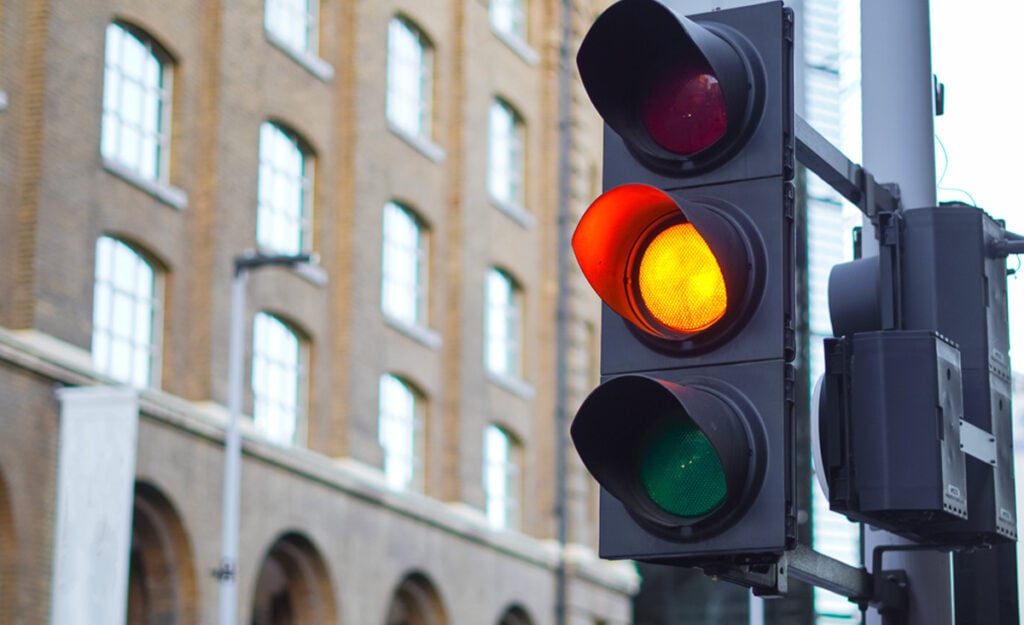
The economic outlook for 2023 is looking grim, but the silver lining is that the new-car market is expected to remain resilient and climb back to pre-pandemic levels, according to Naamsa, the automotive business council.
Before the Covid-19 pandemic struck in 2020, annual vehicle sales in South Africa sat comfortably above 500,000 units but dropped to 380,206 in 2020 following harsh lockdowns, parts shortages, and supply chain issues as a result of the virus.
For 2021, aggregate sales were up to 464,493 models, and in 2022, it once again climbed over the half-million mark for a total of 528,963 vehicles sold. However, this is still 1.4% below 2019.
Naamsa contributes the slow climb back up to the geopolitical conflict in Ukraine that broke out in early 2022 just as lockdown restrictions were easing and consumer confidence starting to recover, as it resulted in further supply chain disruptions, inflated product prices, and limited input availability.
Energy prices were negatively impacted, too, being a catalyst for rising interest rates around the world.
“In South Africa, consumer price inflation reached a 13-year high increasing to 7.8% in July 2022. As expected, the South African Reserve Bank in 2022 raised the interest rate for seven consecutive times since November 2021 and to its highest level since 2016,” said Naamsa.
“The higher stages of load-shedding also seemed to have an amplified negative impact on production and the South African economy as a whole.”
Despite this, the car market continued to grow through the year and managed to outperform the preceding 12 months by 13.9%.
2023 and beyond
For 2023, Naamsa said there are growing concerns about global “stagflation” – i.e. high interest rates and inflation combined with slow growth.
Similarly, the ongoing Russia-Ukraine war is still disrupting supply chains, part availability, and energy prices, and tighter monetary policies in major international markets have increased the possibility of a worldwide recession.
“There is also a likelihood of further near-term global supply chain disruptions stemming from the rapid re-opening of the Chinese economy that has resulted in surging Covid-19 infections,” said the council.
Another local factor that will play a part is Gross Domestic Product (GDP) growth, which continues to be adjusted downwards and is now expected to be at 1.1% for 2023.
All things considered, the domestic new vehicle market’s performance is expected to remain resilient, and “in view of the close correlation between new vehicle sales and the country’s GDP growth rate, single-digit growth in new vehicle sales could be expected for 2023 as the market returns to pre-pandemic levels in sales and exports,” said Naamsa.
The organisation also notes that a key priority for the South African government in 2023 should be to finalise the support framework for new-energy vehicles to entice investment decisions and next-generation model introductions.













